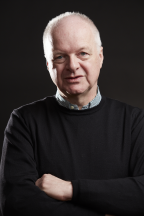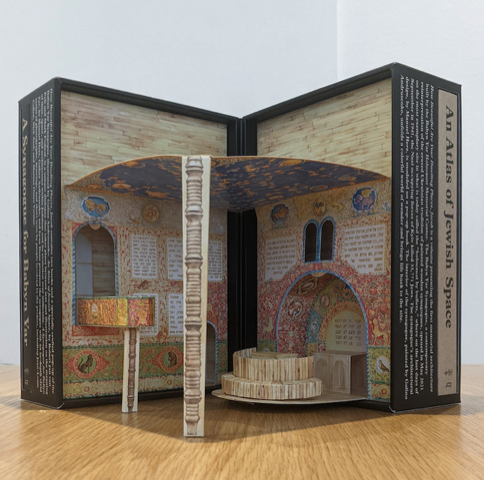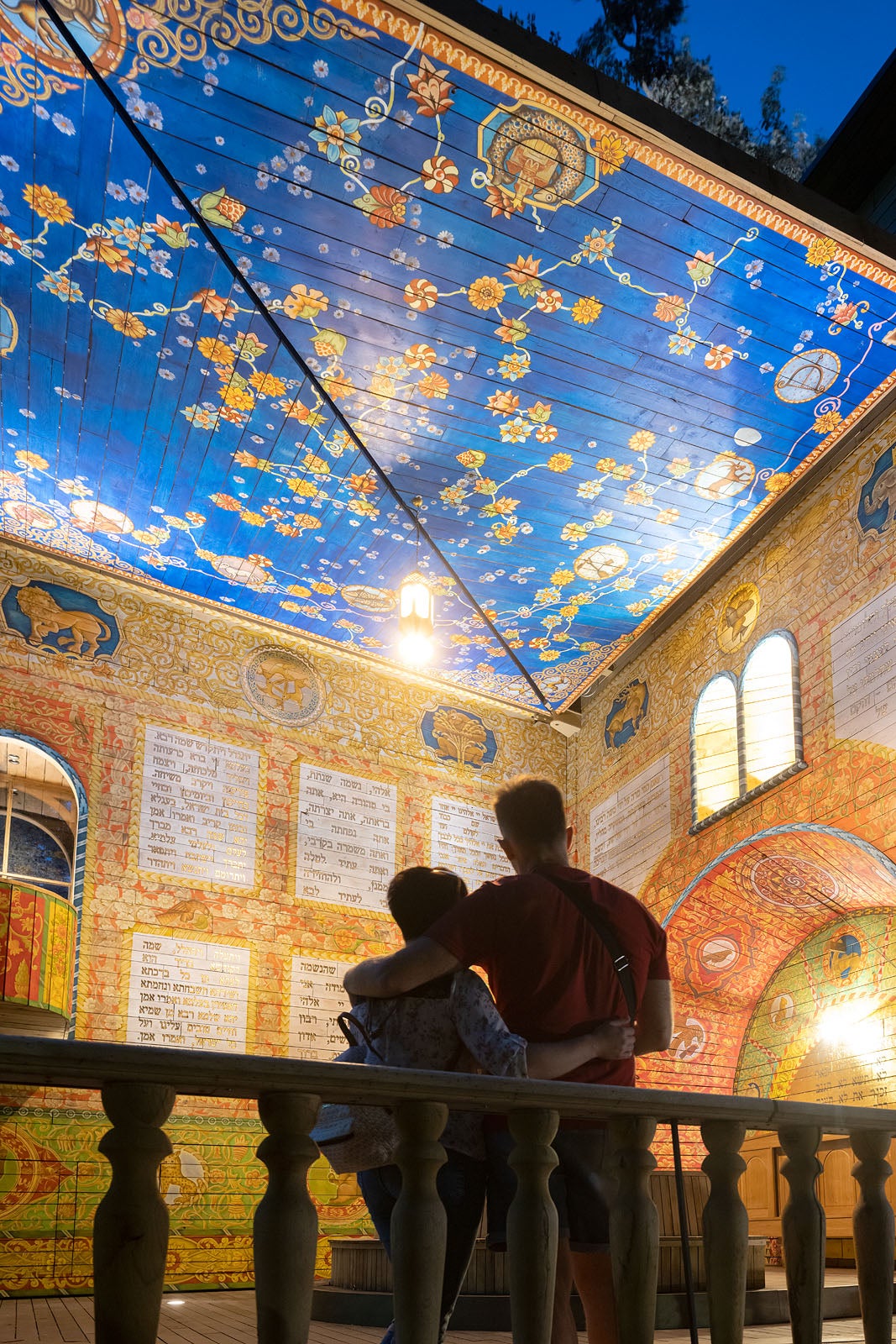
A synagogue unfolds for all faiths
A special place of worship opens on the site of the Holocaust’s largest single massacre of Jews

A special place of worship opens on the site of the Holocaust’s largest single massacre of Jews
By Carol Truemner Faculty of EngineeringA suggestion by a Waterloo School of Architecture professor to build a synagogue at the site of the largest single massacre of Jews during the Holocaust has developed into a unique place visited by people of all faiths.
Seven months after Robert Jan van Pelt came up with what he describes as a “throw-away idea,” an outdoor synagogue opened in Babyn Yar, a ravine in the Ukrainian capital city of Kyiv where more than 33,000 Jewish men, women and children were murdered on a single day in 1941.
The Babyn Yar victims and the millions of other Jews killed during the Holocaust will be remembered during International Holocaust Remembrance Day on January 27.
The day will be commemorated around the world including in Ukraine where tensions between the country and Russia are high amid fears that Moscow could launch an invasion.
Waterloo School of Architecture professor Robert Jan van Pelt is one of the world's leading experts on the Holocaust.
In 2020, the Babyn Yar Holocaust Memorial Foundation’s architectural committee, of which van Pelt is a member, was tasked with coming up with a plan to commemorate the history of the 160-hectare site, now a public park.
Its topography had been significantly altered since 1941 with only a few memorials remaining that speak of the horrific events that took place there.
It was during a seminar van Pelt gave to the other members of the architectural committee about the unique characteristics of the Jewish understanding of space that he mentioned building a synagogue on the site would be a good start to memorializing the area.
Ilya Khrzhanovsky, the foundation’s artistic director, responded immediately with “Let’s do it!”
It took less than seven months to plan and build the Babyn Yar synagogue, which is shaped like an oversized Jewish prayer book.
 Designed by Basel-based architect Manuel Herz, the whimsical pop-up building is unfolded in the morning to provide a liturgical and reflection space and is folded back up at night.
Designed by Basel-based architect Manuel Herz, the whimsical pop-up building is unfolded in the morning to provide a liturgical and reflection space and is folded back up at night.
The synagogue is unfolded each day.
The oak wood used throughout the synagogue was sourced from all parts of Ukraine and is more than 100 years old.
“We wanted a wooden synagogue because traditional ones of this area used to be built from wood,” says van Pelt, one of the world's leading experts on the Holocaust. “Not a single one of those survived the Holocaust.”
To accompany the opening of the synagogue, van Pelt produced a book entitled “An Atlas of Jewish Space — How Beautiful Are Your Dwelling Places, Jacob”
Jacob”
It includes 135 short pieces written by van Pelt and illustrated by New York artist and dermatologist Mark Podwal. The book is packaged in a special box that opens like a book to reveal a paper model of the synagogue.
van Pelt's new book includes a paper model of the Babyn Yar synagogue.
During the height of the pandemic, van Pelt set himself a goal of writing two pieces a day. He’d then send the copy to Podwal who would come up with companion illustrations during cancelled dermatology appointments.
Last October, van Pelt attended a special ceremony at the Babyn Yar synagogue held 80 years after the massacre.
During his visit, he spoke with the chief rabbi of Ukraine who said the synagogue is the best thing to ever happen to Jewish-Christian relations in the country.
The rabbi explained that anyone is welcome to visit the Babyn Yar synagogue and find out more about the Jewish faith and traditions. 
“He told me ‘When you come into my synagogue there’s security, which makes it difficult to get into the building. Generally, non-Jews do not like to go to synagogues because, rightly or wrongly so, they feel they’re not welcome,’” says van Pelt. “’So, what happens in our synagogues remains a mystery to many people.’”
An inside view of the whimsical new Babyn Yar synagogue.
van Pelt is proud of the Babyn Yar synagogue and the reaction to it by Ukrainians and visitors from around the world.
“I’ve done things in the past that I think could have been done better here or there,” says van Pelt. “But for once I’m not second-guessing anything about this project we worked on as a team.”
Synagogue photos taken by Iwan Baan are provided courtesy of the Babyn Yar Holocaust Memorial Foundation.

Read more
Here are the people and events behind some of this year’s most compelling Waterloo stories

Engineering master's student Nayeema Nonta (left), one of the three paper authors, and her supervisor, Dr. Sirisha Rambhatla, in a large server room with the computer power needed to develop their new LLM training technique. (University of Waterloo)
Read more
Waterloo researchers develop highly efficient AI training system that paves the way for cheaper, greener “intelligent partners”

Read more
Engineering researchers team up to tackle the plastics pollution problem with microbial innovation and engineering design
The University of Waterloo acknowledges that much of our work takes place on the traditional territory of the Neutral, Anishinaabeg, and Haudenosaunee peoples. Our main campus is situated on the Haldimand Tract, the land granted to the Six Nations that includes six miles on each side of the Grand River. Our active work toward reconciliation takes place across our campuses through research, learning, teaching, and community building, and is co-ordinated within the Office of Indigenous Relations.